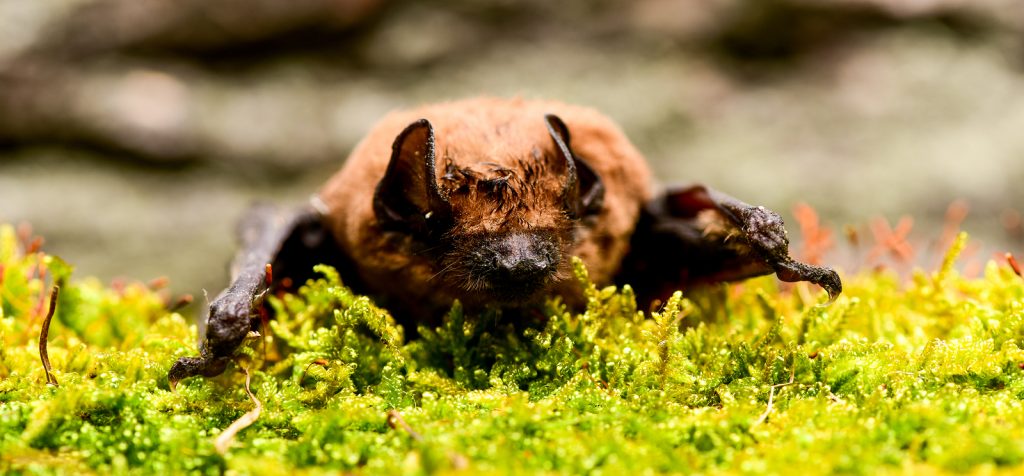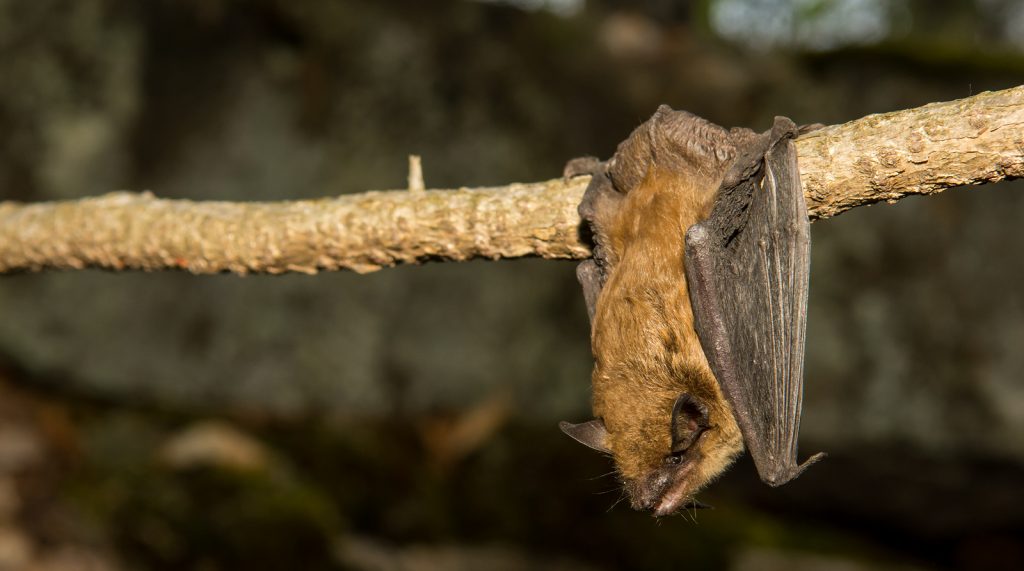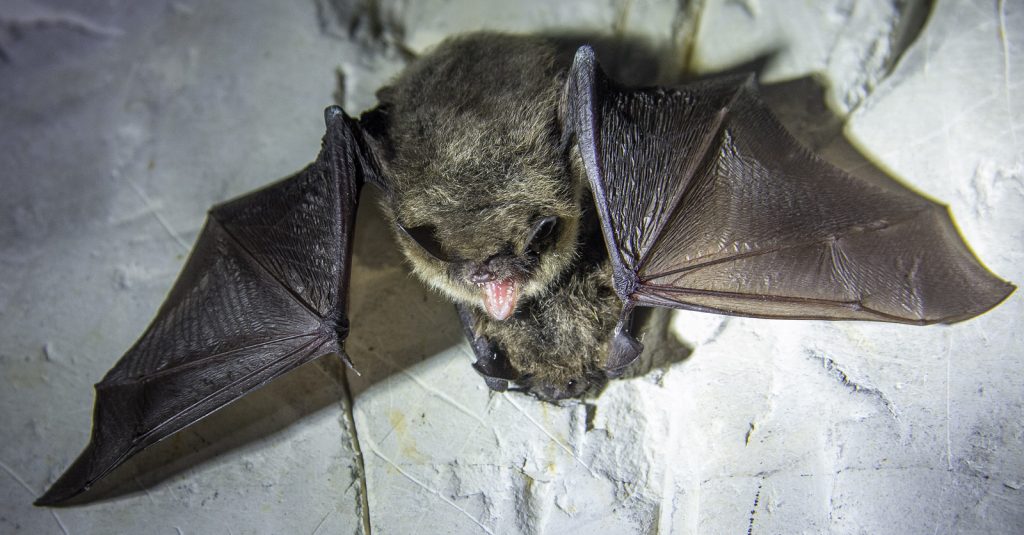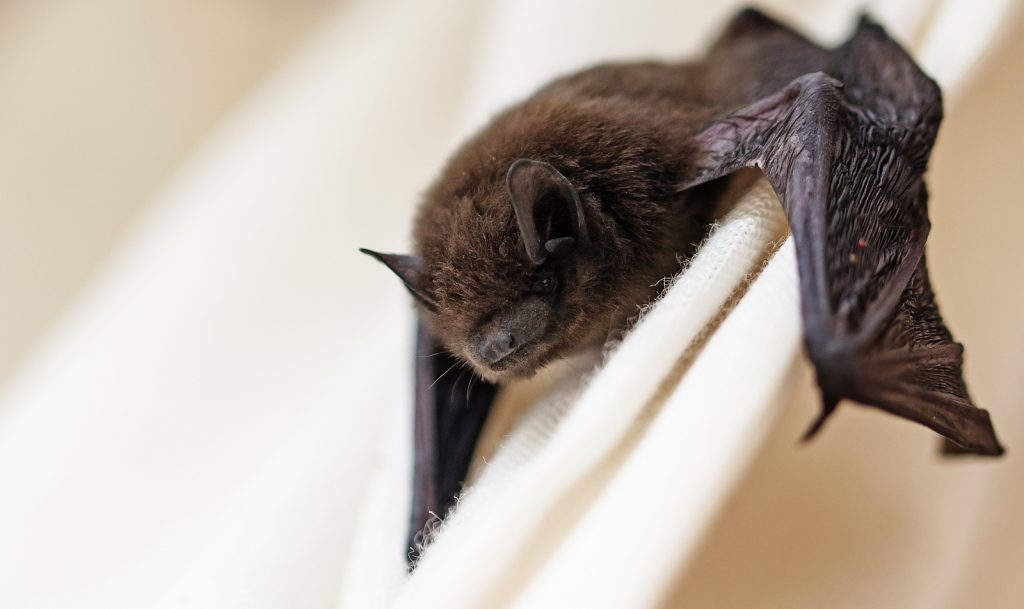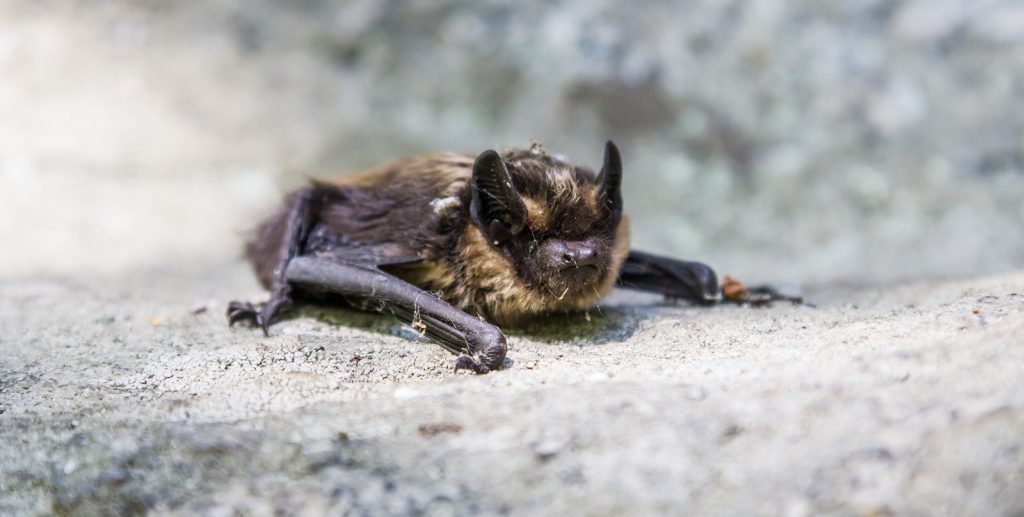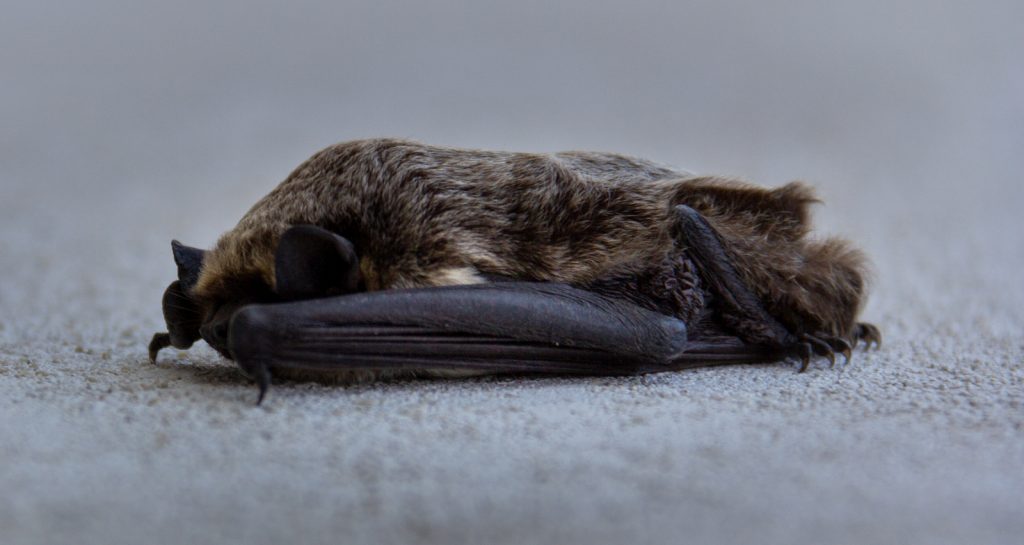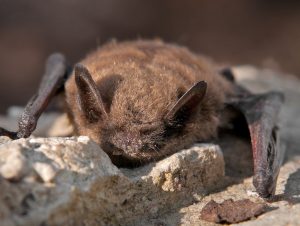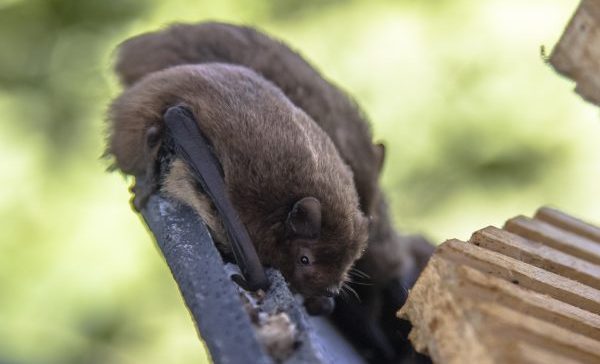There are 16 known species of bats found here in Kentucky. This makes us a very lucky state since bats serve such a high ecological and economic importance! Of these 16 species of bat, 14 are categorized as permanent residents, making us even luckier, but 3 are unfortunately listed as federally-endangered. For these reasons and more, it is important to preserve and protect our local bat species as much as we can. Read our recent blog, “How to Be Bat Friendly” to learn how you can do your part to contribute to Kentucky bat preservation.
Some of the most common species of bat found in Kentucky include the Virginia big eared bat (Corynorhinus townsendii virginianus), the Indiana bat (Myotis sodalis), the gray bat (Myotis grisescens), the Seminole bat, the Mexican free-tailed bat, Northern Long-eared Bat (Myotis septentrionalis), and much more. In fact, read our recent blog, “Most Common Species of Bat Found in Kentucky” to view the complete list.
In this blog, we would like to spotlight a special bat called the Tricolored bat, which was formally known as the Eastern Pipistrelle. Why the name change? What is this bat like? Continue reading to learn some fun and interesting facts about this singular species of bat found right here in Kentucky.
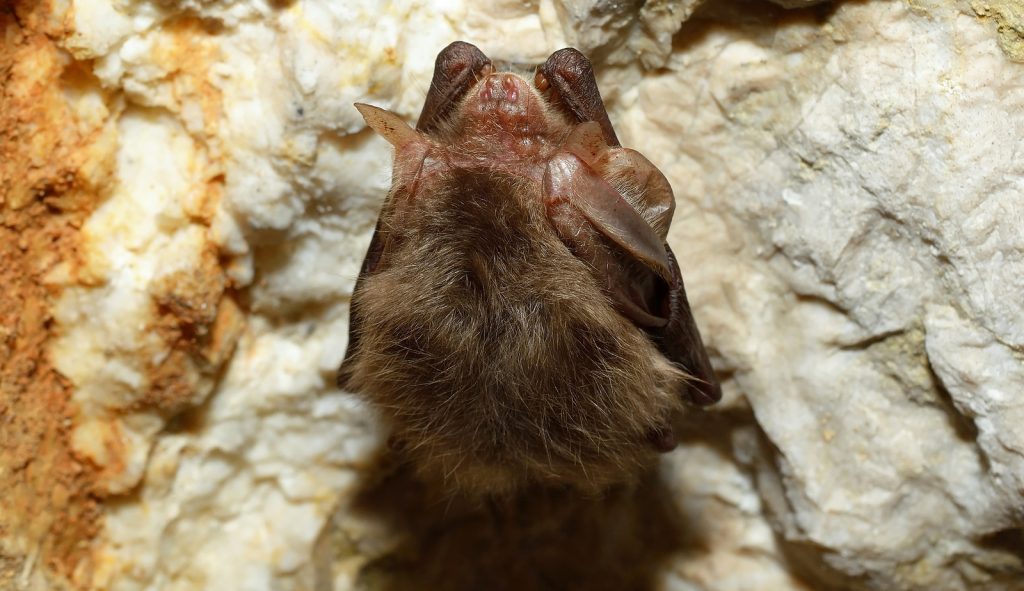
Tricolored Bat (Perimyotis subflavus)
The Tricolored bat was initially referred to as the “Eastern Pipistrelle”, or Pipistrellus subflavus. The name was modified because it was technically an inaccurate classification since mounting evidence showed that the Eastern Pipistrelle is a much more distance relative than once thought. As result, the species was removed from the scientific genus Pipistrellus, and placed in its own genus, Perimyotis.
❦ Description
The name gives a good description of what the Tricolored bat looks like. It typically has reddish brown to yellowish brown fur, lighter under bellies, and black wing flesh. But it is their back fur that gives them their name because it has gray at the base, tan in the mid-section, and dark at the tips. On average, the Tricolored bat weighs between 4 to 10 grams, is around 3 and half inches in length, and has a wingspan of 9 and half inches.
❦ Range and Habitat
As mentioned, the Tricolored bat calls Kentucky its home, but generally only in the summer months and during migration. Other times, their range extends elsewhere. In fact, they have an impressive range, extending across the eastern United States and southeastern Canada, south into Central America, and even west into the central Great Plains. When it comes to a place to rest, Tricolored bats like to live alone or in small groups, and make their roosts in hollowed trees, abandoned mines, and caves near running bodies of water.
❦ Diet
Like most Microchiroptera bats, Tricolored bats are insectivores, which means they only eat insects. Their favorites include mosquitoes, gnats, dragonflies, moths, and anything else that flies around at night. A single bat can consume more than twice its body weight in insects in just one night. That adds up to an average of 1,000 insects per bat, per evening! That is incredible pest control for farmers, gardeners, crops, and more.
Nuisance Bat Problems

If bats are a nuisance in or around your property, contact 502-553-7622 for safe and non-lethal bat removal and control in Louisville, Kentucky. We are DNR licensed and insured bat control contractors who use safe, non-lethal methods of extraction and exclusion. We serve both residential and commercial clients, and at the most competitive prices in town. Emergency 24 hour service is also available. Request a free estimate, today.

